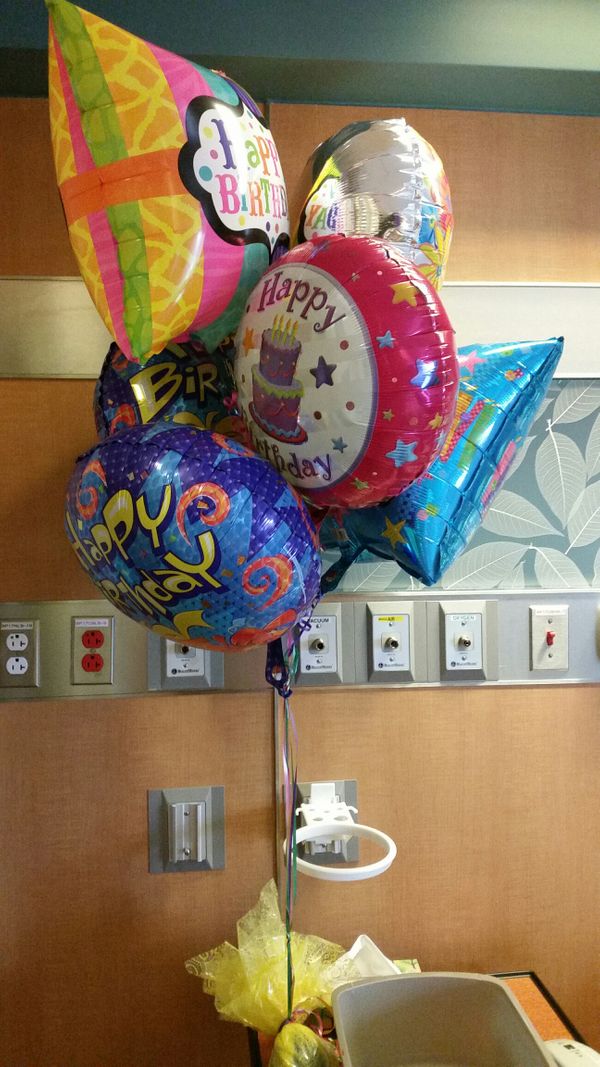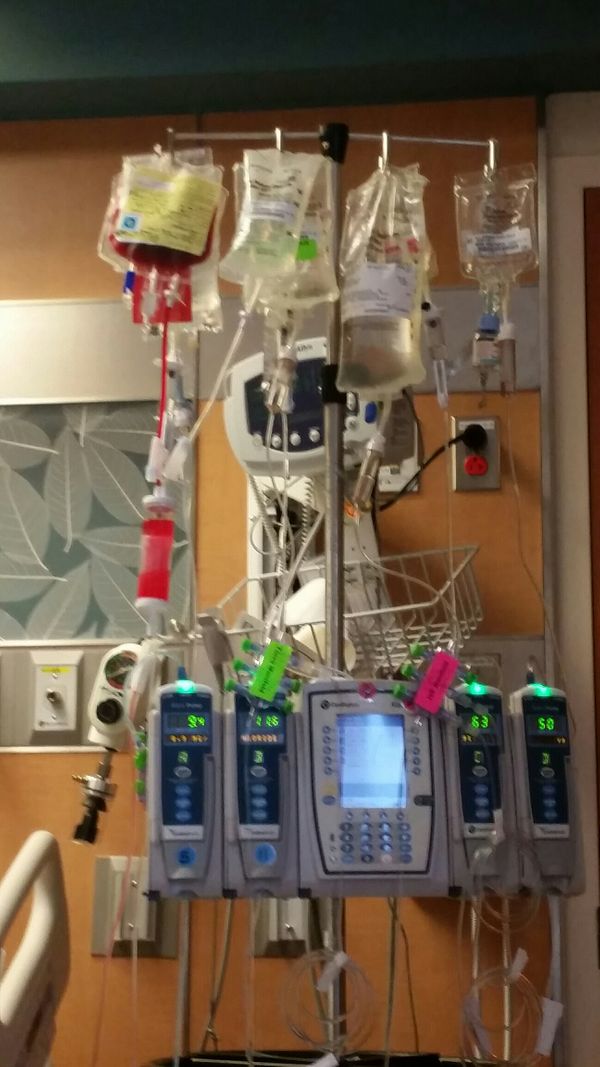Today is what the Stem Cell Transplant team calls Amy's "Birthday".
Transplants conjure up images of big cuts in someone's body, and a set of organs being placed into the hosts body to replace their non-functioning organs. In organ transplants, that is the case.
With a stem cell (bone marrow) transplants, the initial procedure is very anti-climactic. As posted, Amy is receiving cord blood because there was not a sufficient adult match found. While many SCT patients receive larger volumes (1 quart/liter) of blood containing stem cells from a related or unrelated donor, cord blood patients receive a much smaller dose. Because the dose is smaller, many (like Amy) receive 2 cord blood units. As our Dr. said babies are "small" and Amy is a "big person" so there need to be 2 cord blood units.
Amy received her first unit of cord blood today just before noon. She received her 2nd around 4pm. Very anti-climactic. Very much like a blood transfusion. The biggest difference was the chemo and radiation prior to to eradicate her bone marrow and make room for the new cells to find where the bone marrow is supposed to be and engraft. Engraftment is like ridding your lawn of weeds and waiting for the grass seeds to grow.
Because of the smaller cell dose, it generally takes longer for the stem cells to engraft. A couple of weeks is not unusual. Amy is part of a trial that uses an agent in one of the cord units to serve as a homing device for the cells so that they find where they belong a bit quicker. During this time, she will receive red blood cell and platelet transfusions. She will continue to be on immunosuppresive medications and steroids to reduce the chances and effects of graft vs. host disease. As well as antibiotic, antiviral, and antifungal drugs to keep infections away.


